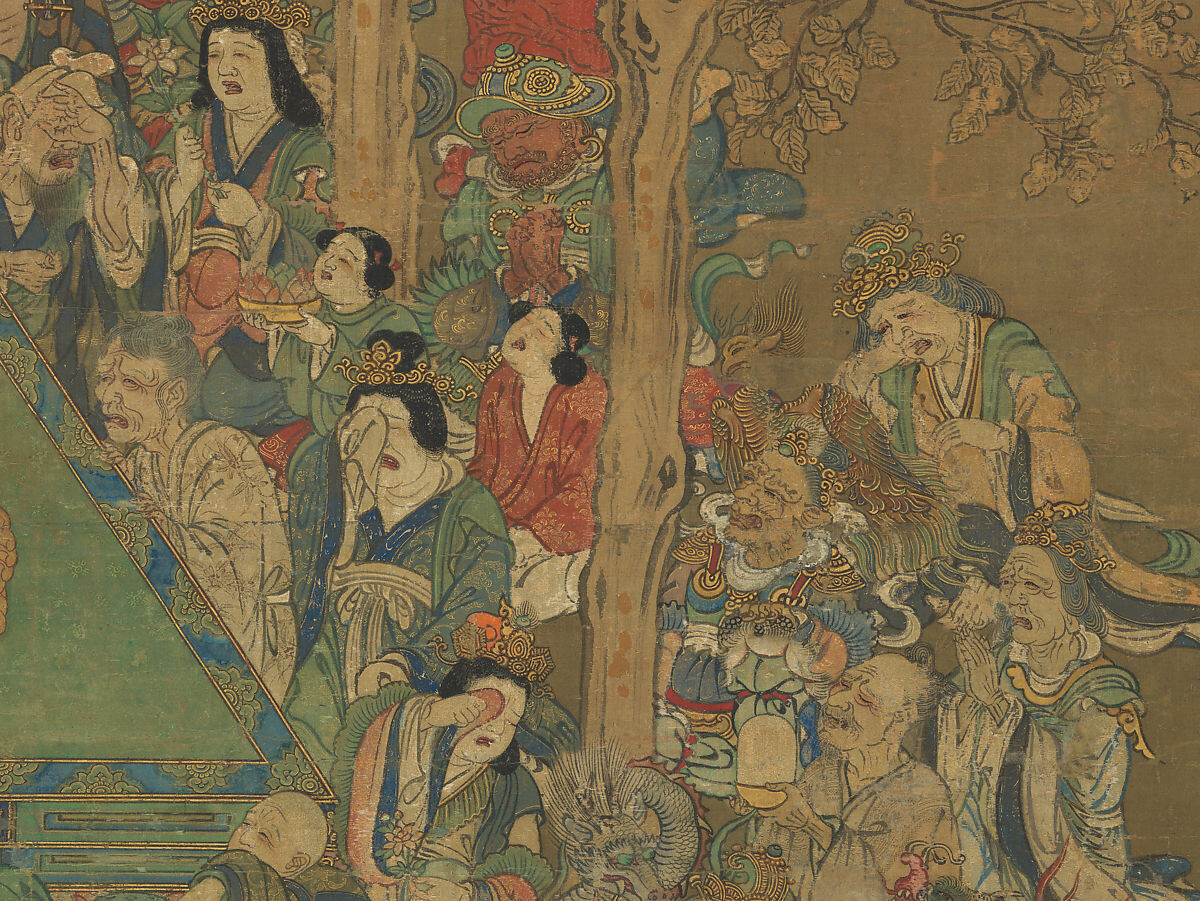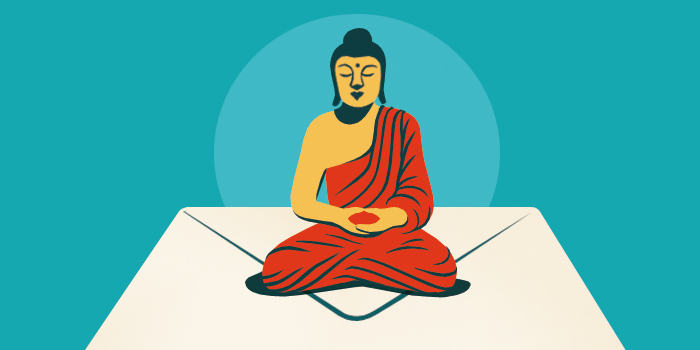What did the Buddha mean by suffering?

In the painting “Death of the Historical Buddha” from fourteenth-century Japan, witnesses to the Buddha’s passing display expressions of suffering. | Source: Met Museum
The Buddha’s first noble truth is most often—but inaccurately—rendered in English as “life is suffering.” As is often the case, this piece of ancient text loses a lot in translation.
The Pali word dukkha, usually translated as “suffering,” has a more subtle range of meanings. It’s sometimes described metaphorically as a wheel that is off its axle. A more literal translation of the first noble truth might be “life does not satisfy.”
The Buddha taught there are three kinds of dukkha. The first kind is physical and mental pain from the inevitable stresses of life like old age, sickness, and death. The second is the distress we feel as a result of impermanence and change, such as the pain of failing to get what we want and of losing what we hold dear. The third kind of dukkha is a kind of existential suffering, the angst of being human, of living a conditioned existence and being subject to rebirth.
At the root of all kinds of dukkha is craving, or attachment. We go through life grasping at or clinging to what we think will gratify us and avoiding what we dislike. The second noble truth tells us that this very grasping, or clinging, or avoidance is the source of dukkha. We are like drowning people who reach for something floating by to save us, then discover that what we’ve latched onto provides only momentary relief, or temporary satisfaction. What we desire is never enough and never lasts.
The third noble truth assures us there is another way to find an end to suffering, and that way, as explained in the fourth noble truth, is the practice of the noble eightfold path. As we practice, we develop a happiness that is not dependent on external objects or life events but results from a cultivated state of mind that does not come and go as circumstances change. Even physical pain becomes less stressful with the awareness of a cultivated mind.
So, the teaching of the four noble truths is not that life is destined to be nothing but suffering, but that the means of finding liberation from suffering is always available to us. In this sense Buddhism is not pessimistic, as many people assume, but optimistic.

Tricycle is more than a magazine
Gain access to the best in sprititual film, our growing collection of e-books, and monthly talks, plus our 25-year archive
Subscribe now